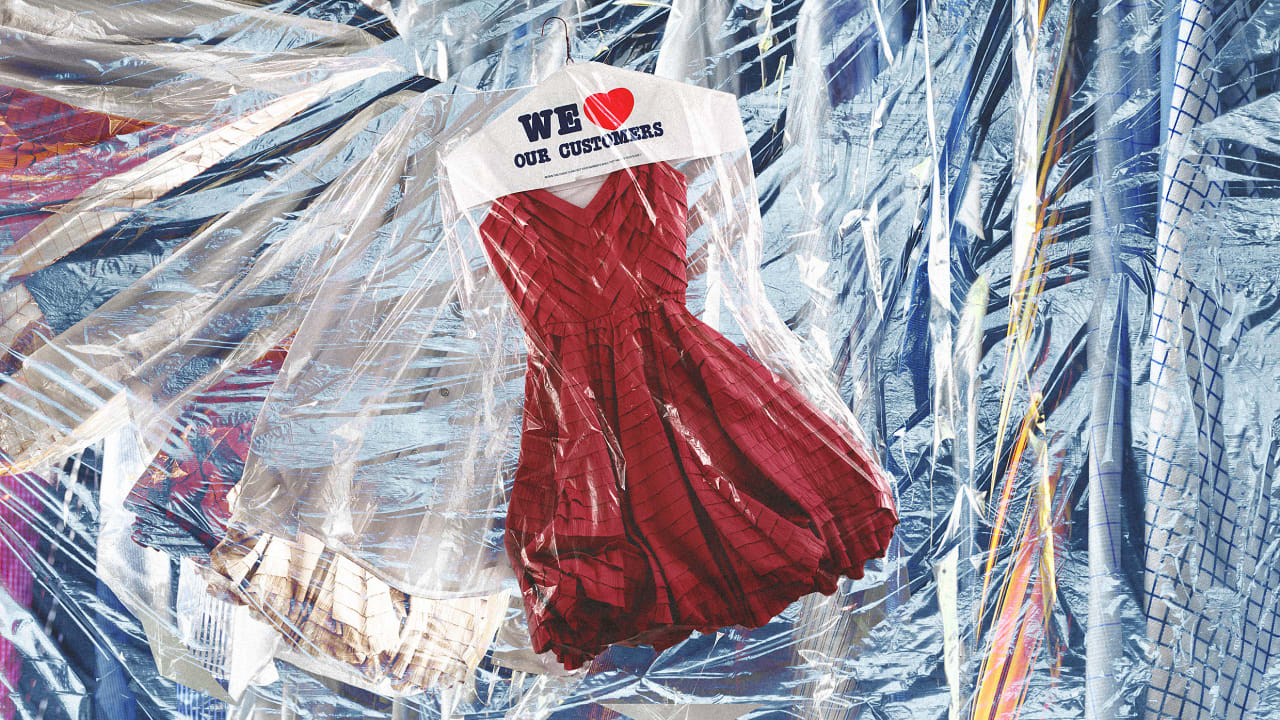Plastic film is a versatile material that has found its way into countless industries and applications. Its thin and flexible nature makes it a popular choice for packaging, printing, and protective film. Its uses are limited only by the creativity of the user.

One of the most common uses of plastic film is in packaging. It is a cost-effective way to wrap and secure products, keeping them safe during transport and storage. Plastic film is ideally suited to a wide range of products, including food, clothing, electronics, and pharmaceuticals.
In the printing industry, plastic film is used as a printable surface. It provides a smooth and glossy texture that is perfect for printing labels, stickers, and signs. Its flexibility also makes it a popular choice for packaging inserts and protective sleeves.
Another popular use of plastic film is in agriculture. It is used as a greenhouse cover, helping to protect crops from harsh weather conditions and pests. It can also be used as a ground cover to suppress weeds and keep moisture in the soil.
Plastic film is also used as a barrier, separating different areas or volumes. This is useful in the construction industry, as it can be used as a vapor barrier to prevent moisture from entering a building. It can also be used as a protective barrier, preventing damage to walls, floors, and other surfaces during renovations.
One of the most innovative uses of plastic film is in the medical industry. It is used to create wound dressings, surgical dressings, and other medical devices. Its flexibility and ability to conform to the body make it an ideal material for these applications.
Environmental Impact
While plastic film is an incredibly useful material, it can also have negative environmental impacts. It is a non-biodegradable product, which means that it will not break down naturally in the environment. This can lead to litter and pollution, which can harm wildlife and ecosystems.
However, it is important to note that not all plastic films are created equal. Some films are made from recycled materials, which can help to reduce their environmental impact. Others are biodegradable, meaning that they will break down in the environment over time.
Overall, it is important to use plastic film responsibly and recycle it properly. Many communities have recycling programs that will accept plastic film, so be sure to check with your local government to see what resources are available.
Conclusion
Plastic film is a valuable and versatile material that has found its way into a wide range of industries and applications. Its flexibility and durability make it an ideal choice for packaging, printing, agriculture, construction, medical, and many other uses.
However, it is important to use plastic film responsibly and recycle it properly to minimize its environmental impact. By doing so, we can continue to enjoy the benefits of plastic film while protecting the planet for future generations.